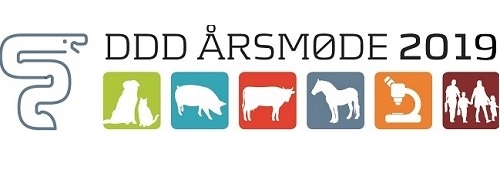
-
Marianne Sloet
Professor, Department of Equine Sciences, UtrechtMarianne M. Sloet van Oldruitenborgh-Oosterbaan, DVM (1982, cum laude), PhD (1990), Dip. ECEIM (2001)and Dip. ECVSMR (2019) works now full time as professor of Clinical Equine Internal Medicine at Utrecht University. She is head of Equine Internal Medicine in the Department of Clinical Sciences. She was president of the European College of Equine Internal Medicine 2002-2008 and past-president 2008-2011. She was member of the Council for Animal Affairs from 2010-2018. She is president of the Advisory Committee Equine Welfare and member of the Ministerial Advisory Committee for Equine Emerging diseases.
Prof. Sloet is also veterinary advisor of the Dutch National Equestrian Federation and the Dutch Warmblood studbook (KWPN). She is FEI head veterinarian for the Netherlands.
-
09:50 - 10:30 How to make a dermatological diagnosis in the horse11:10 - 11:50 Common things occur commonly and rare things occur rarely …. also in equine dermatology14:10 - 14:50 How to support a clinical diagnosis of skin problems in the horse15:20 - 16:00 Collection of skin biopsy samples in the horse
-
